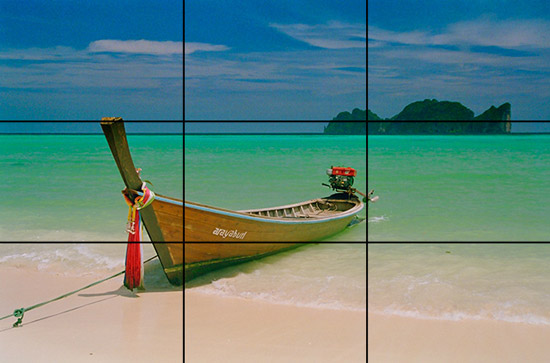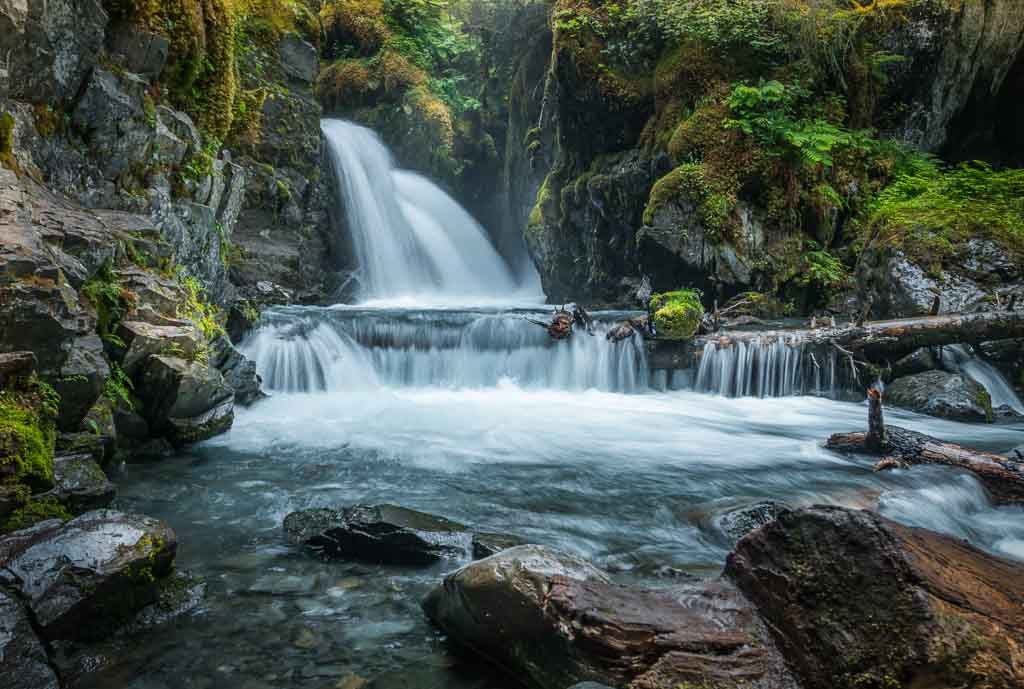One of the joys of travel is visiting scenic locations and capturing images of stunning, Instagram worthy landscapes, either for bragging on social media or for recording your travels. Every time you look at those photographs, you relive the sights , smells and emotions of the place. Many a times I have photographed a stunning landscape, only to return home and download the photos to find dull and not so spectacular images. Photography is a skill which takes time, effort and practice. Follow me as I unpack handy tips to help you shoot landscape photos like a professional.
Get a Tripod
This is basic but often overlooked. For a great landscape photo you need a still camera in order to get sharp and clear images. Even the steadiest of hands will not be able to completely eliminate camera shake introduced by pressing the shutter button. Photos taken in low light will have a slow shutter speed will not be sharp .There are a variety of portable travel tripods available to accommodate your smartphone, point and shoot or SLR camera. A professional landscape photographer will always lug around their trusted tripod! So go and get one before your travel.
Set up your alarm clock
Yes. Getting up early before sunrise is probably the most important tip for capturing a great landscape photo – even more important than the camera gear you have. The light at sunrise and sunset is warm and dramatic resulting in beautifully lit images with soft tones and saturated colors. Photographers call the hour before sunrise and sunset “The Golden Hour.” You can also download apps on your smartphone which will guide you on start and end times of golden hour.
The worst time to photograph a landscape is in the middle of the day. The light is flat and often too glaring, and the colors are blown out. If you come across a great scene at the wrong time of day, return when the light is right.
Introducing “The Rule of Thirds”
An ideal landscape photograph should be divided into thirds, meaning you should aim to have a third of sky, a third of horizon, and a third of foreground.
An image like this will be pleasing to the eye, which automatically looks for lines within structures.
Draw an imaginary grid over the scene with two vertical lines and two horizontal lines. Where these lines intersect is the perfect location for a point of interest like a tree or mountain top.
Don’t place the horizon line in the exact middle of the image. This is the first sign of an amateur photographer and you want to look like a pro! See the photo below of the long tail boat in Thailand, the sky fills top one third of the frame, the ocean fills the middle one third and the beach in the foreground covers the remaining one third. So go ahead and incorporate this rule, when you compose your shots.

Follow Leading lines
Leading lines are one of the most useful elements in photography. They can be used to create powerful images with a strong visual impact. Leading lines help draw the eye into the image and focus the viewer’s attention on the main subject. They’re also an excellent means of creating depth and symmetry.
Leading lines happen everywhere in nature, so be sure to always be on the lookout for lines that might unintentionally distract the viewer from the central focus of your image. Tall grass, sun rays, cliffs, roads, rivers, and all sorts of other objects can act as leading lines. See how the road and the railings in the photo below lead the viewer into the image.

Choose a foreground
Remember to include details of interest in the foreground of an image. This could be a flower, fence post, rock, or anything that is closer to you.
Details in the scenery in the distance may look beautiful to the eye, but they likely will look flat and uninteresting on a photo unless framed using a foreground. Focus on the details in the foreground to add perspective and scale to the scenery that surrounds it. Foreground adds depth to the photograph and makes it interesting and dramatic. Notice the rocks in the foreground adding depth to the waterfall photo below.

Watch the Depth of Field
A good landscape picture has a large depth of field and is shot using a small aperture so that everything, even in the distance, is sharp. Aperture is the opening in your lens that lets light pass through to the sensor. Think of it as a pupil for your lens. It dilates to let more light in, and contracts to restrict light when it is bright.
Aperture is probably the first thing most photographers think of when they want to adjust the depth of field. F2.8 is a wide aperture whereas F22 is small aperture. For a landscape photo sharp from foreground to background use F22 or the smallest aperture available in your camera.
This larger depth of field or small aperture is going to slow down your shutter speed so have the tripod handy.
Use Filters
As you graduate to taking better landscape photos you can consider buying a set of filters to complete the professional look.
Try using a circular polarizer to enhance blue skies or remove reflections from water. Or, use a graduated neutral density filter to balance the difference in exposures between the land and sky. Graduated ND filters are especially useful when trying to capture high dynamic range during sunrise or sunset.
Follow the simple tips above and you will see a significant improvement in your landscape photos and Instagram likes. Practice taking at least one photo a day and see the progress. For more stories on travel read How to plan a great American road trip. Happy travels. Happy meandering.
If you are aiming to achieve financial independence and travel the world send us a note and we will send you a FREE booklet on “How much do you need to achieve Financial Independence.”


Very informative and interesting read !!
Thanks Anupam
Good read, Ranjan. The rule of thirds is a good learning !
a lot to learn, your simple advice make the learning fun
Thanks Ajay. Saw this now.